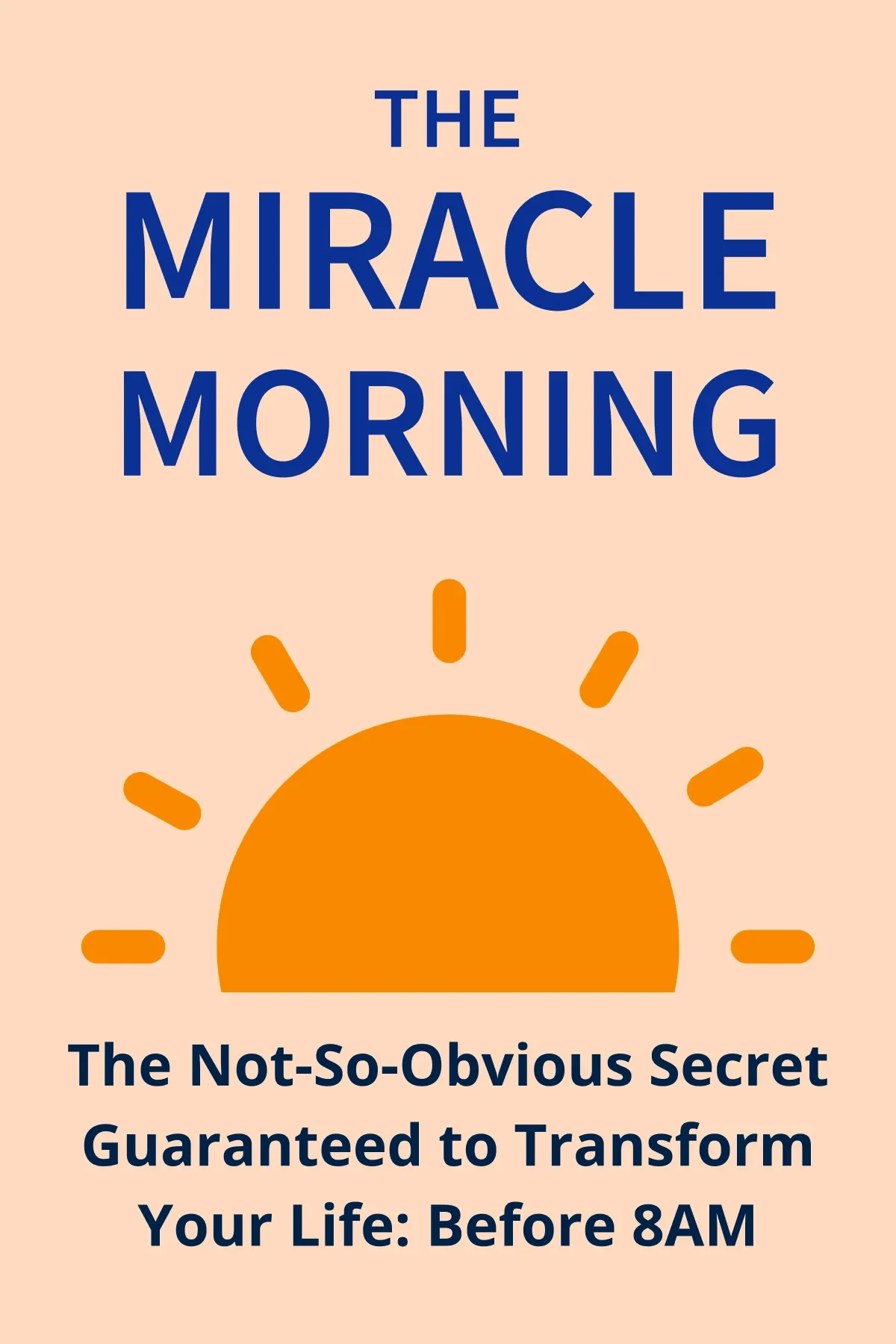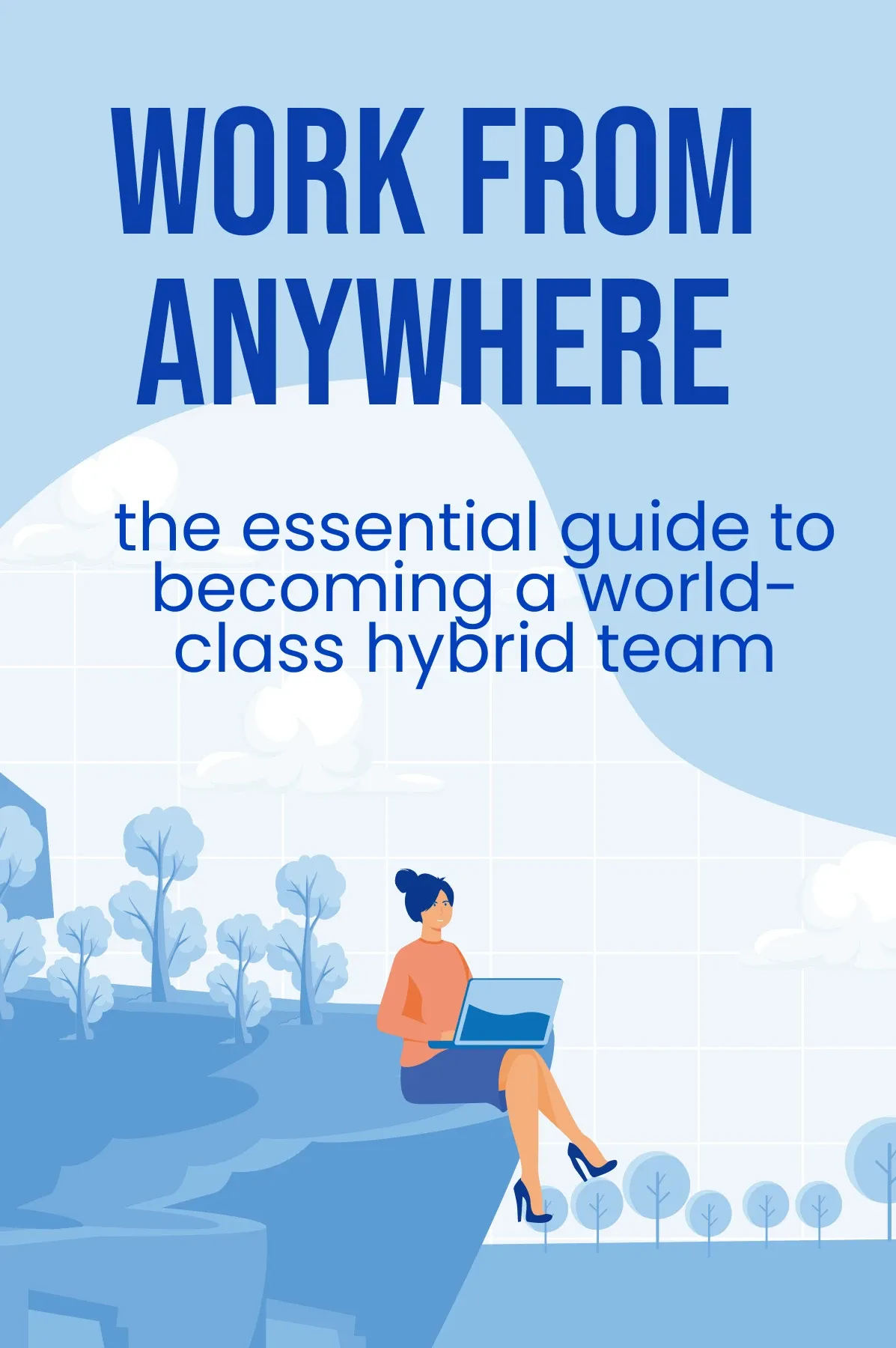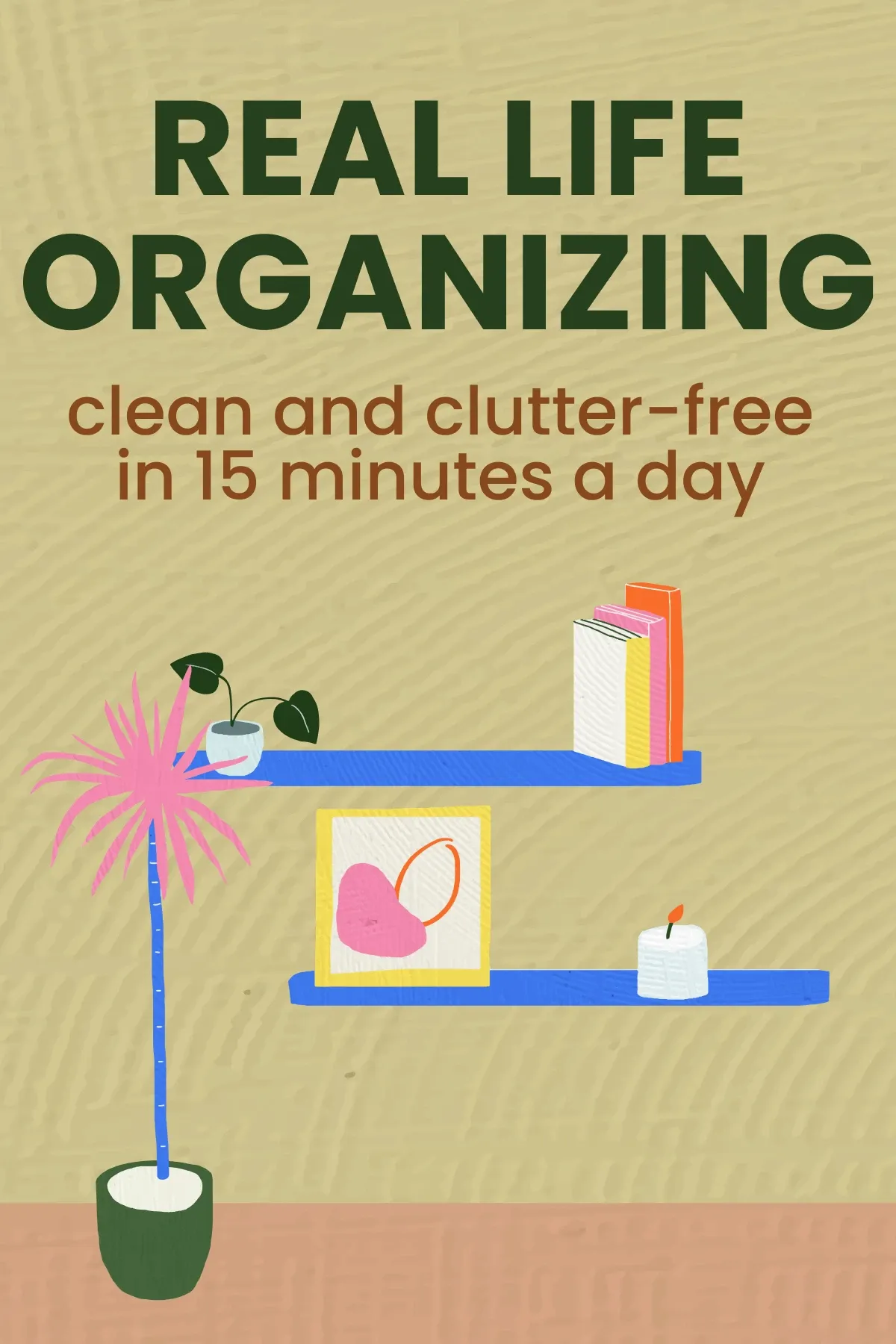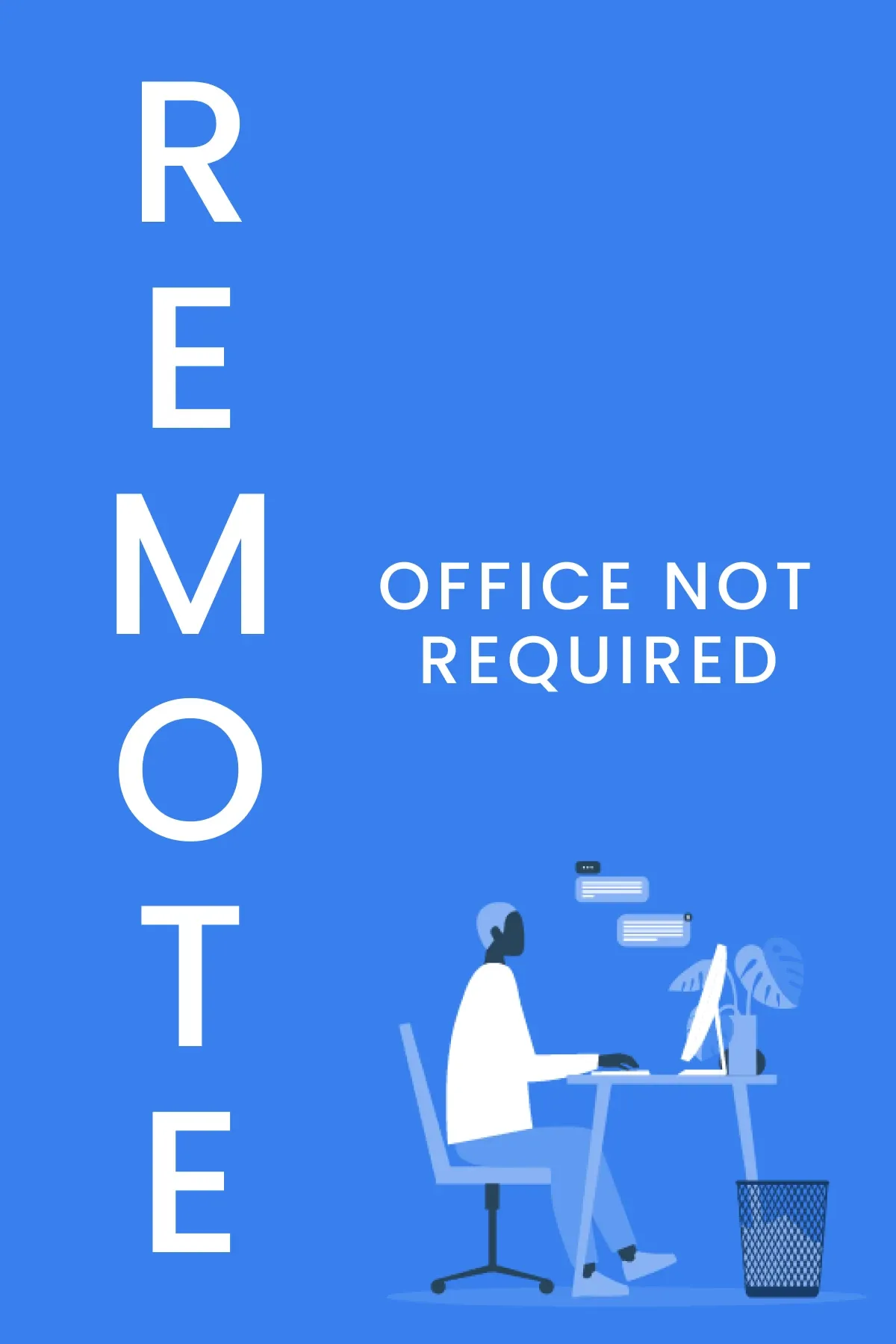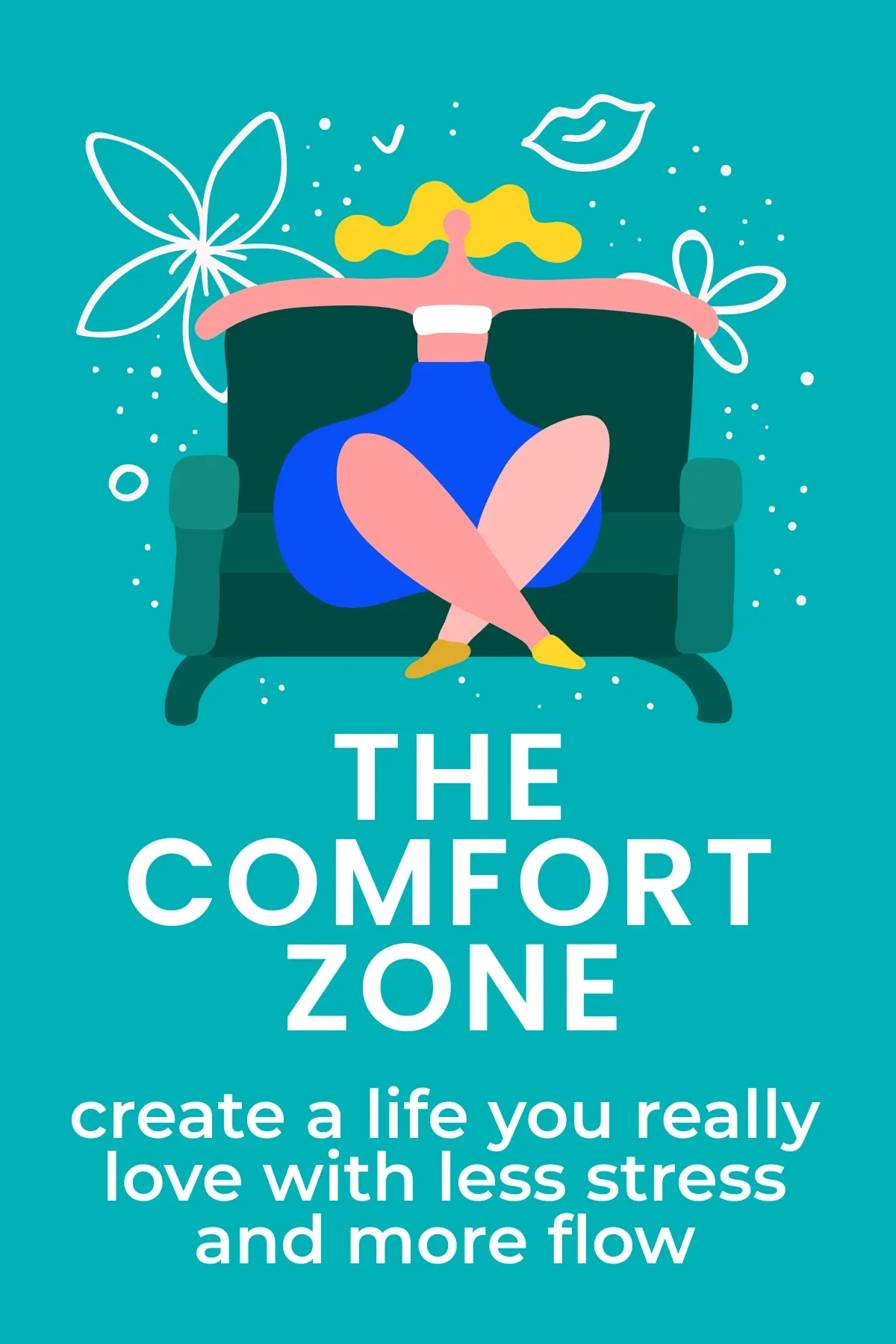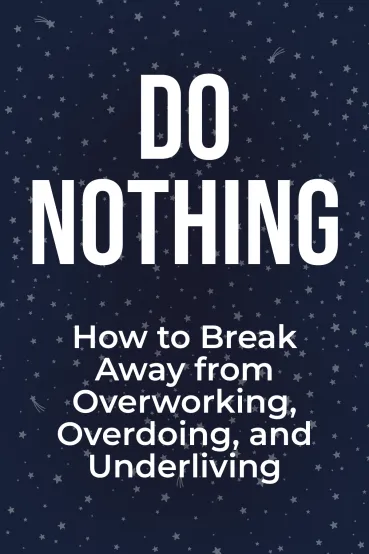
Do Nothing
Brief Summary
“Do Nothing: How to Break Away from Overworking, Overdoing, and Underliving” by Celeste Headlee explains why we work more than relax and spend less time doing what we want. You will learn about the popularization of overwork and its negative impact. This book will help you regain control of your life and break the addiction to false efficiency.
Topics
Key points
Key idea 1 of 6
In the modern world, people are preoccupied with growth and development. They never cease to seek new activities that would be beneficial in achieving their goals. There are people who, after watching a video on the Internet about the Camino de Santiago, start packing their bags. After a conversation with colleagues at work, they enroll in professional development courses. And there are those who, having witnessed the performance of a young gymnast at a concert, take their child to training the very next day. Some readers may consider this absurd, yet for most, these are examples of emulation.
If you're one of the people who do their best to improve and fill their life schedule, you've most likely fallen victim to the "cult of efficiency." Its motto is that the busier we are, the better we are. This cult developed over hundreds of years yet intensified, particularly in the 20th century.
If we delve into history, we'll learn that people used to work less than the average modern worker. They performed their tasks but also remembered to set aside time for rest. Their leisure was longer than that of people today, usually lasting several hours before bedtime. The most significant changes came during the Industrial Revolution. Business owners and factory managers revamped the payment system to their advantage. Workers began to be paid not for the work they did, as before, but for the time they worked.
It's no surprise that people started getting tired. Why didn't they complain? In the United States, people adapted to the new regime thanks to their faith in the American Dream. Everyone believed that hard work was the key to gaining success in life and achieving wealth.
Let's examine how such a system worked in practice and how the working class prospered. In the 1960s, when company executives saw their monthly earnings consistently rise, worker wages barely kept up with inflation. In other words, the positive outcome of hard work in the form of green bills went to the executives, not to those who performed the work.
Additionally, one must not forget the culture of consumption, which has had and continues to have an impact on the drive for productivity. Smart marketing came into play here. People started working harder and got tired of buying advertised and popular products, some of which they didn't even need.
You may also like these summaries




